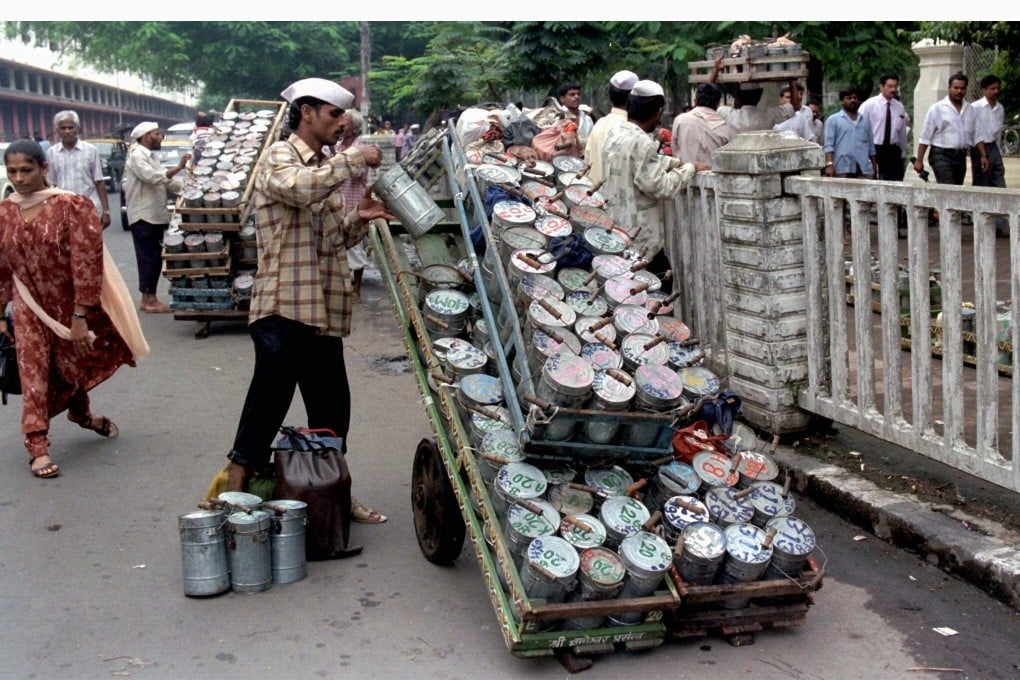How India’s tiffin went from British colonial legacy to everyday lunch in a box
- The term tiffin refers to a light meal eaten during the day, or the containers of home-cooked food packed for office workers and schoolchildren
- The British introduced the concept of high tea, and tiffin has since become synonymous with Indian life and cuisine

Driving through South India, it is common to come across small eateries with boards outside saying ‘Tiffin ready’. In the region, tiffin means any light snack or finger foods eaten between breakfast and dinner. These include cutlets, idlis (rice dumplings), vadas, bajjis (vegetable fritters) dosas (crisp lentil crepes) or upma (a snack made from cream of wheat).
The name tiffin has a complex history. It was derived from “tiffing”, an English term for having a little swig of diluted liquor. The Lexicon Balatronicum, compiled in 1785, describes it as “eating or drinking out of mealtimes”.
Tiffin can be a snack, a packed lunchbox or a savoury or even sweet dish. Generally these are vegetarian, with less spice, and served in small portions.
“Tiffin was a concept introduced by the British, who brought their habit of high tea into India. This habit suited the Tamil Brahmin community in the south, who usually had no breakfast and instead had an early lunch followed by tiffin at tea time,” said food raconteur and television host Rakesh Raghunathan.
Author Rukmini Srinivas, in her book Tiffin: Memories and Recipes of Indian Vegetarian Food, described tiffin as “a play on the time of the day and the nature of food served in many homes in India – an informal snack or light meal served at breakfast or late afternoon tea, and it usually refers to a transition food”.